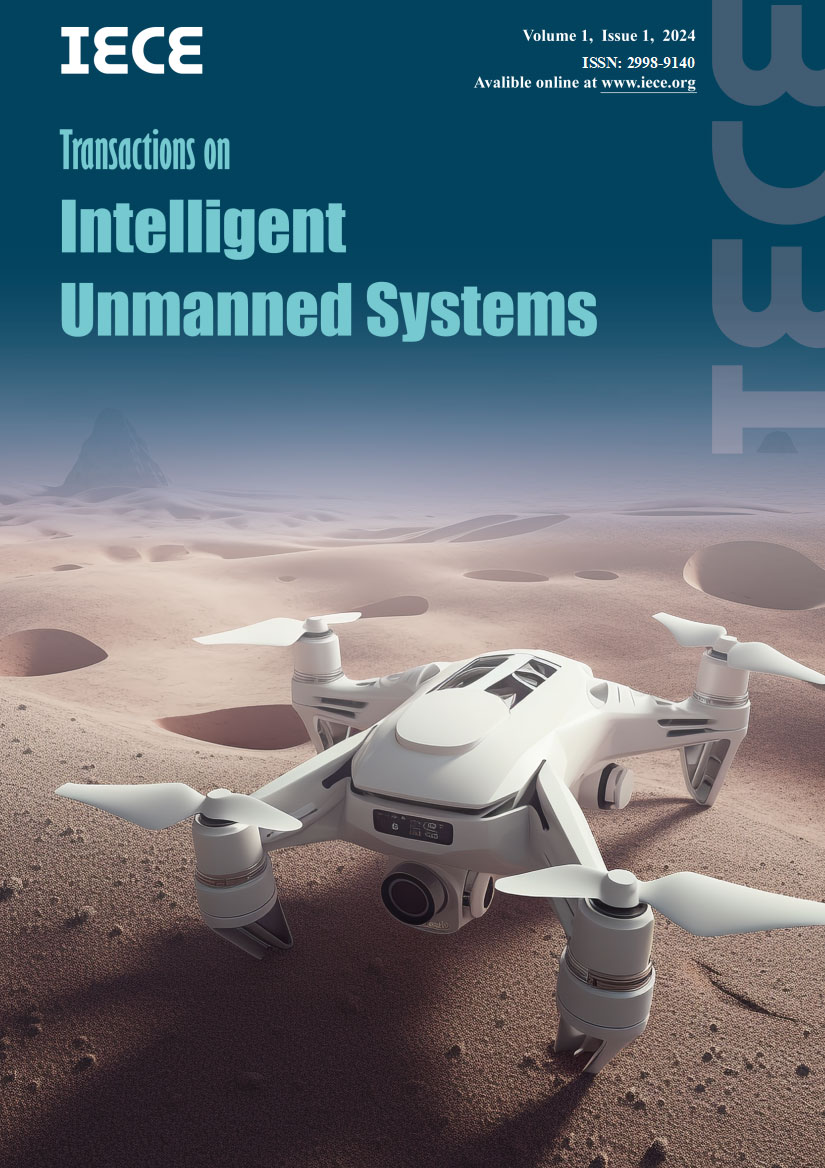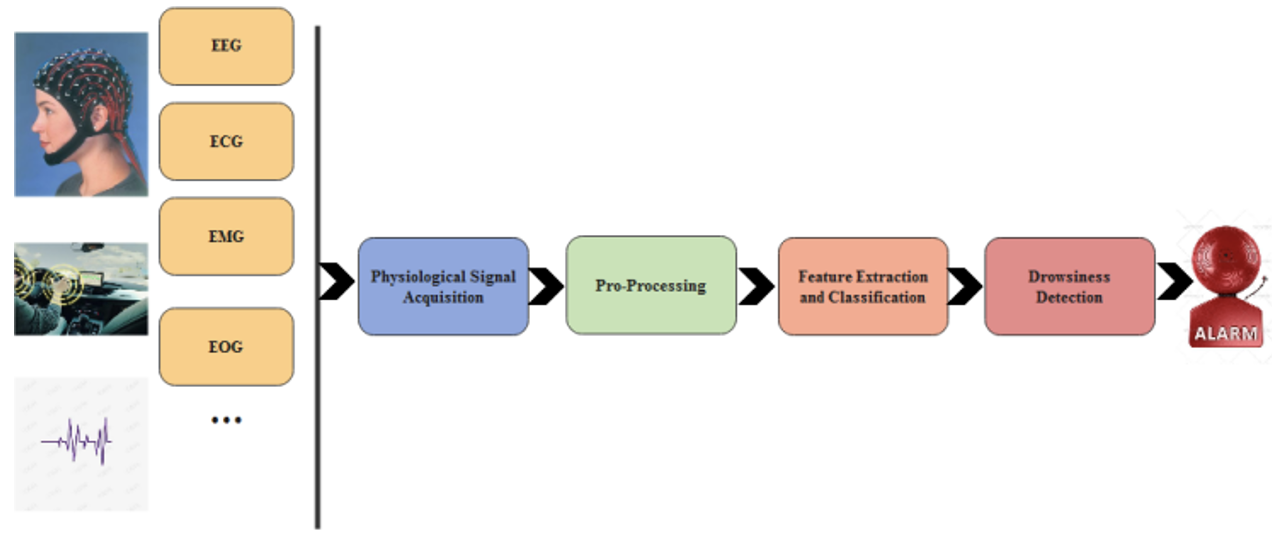Abstract
Driver fatigue is a significant contributor to road accidents worldwide. Timely detection and alert systems for driver fatigue can substantially enhance driving safety and reduce traffic-related casualties. This article presents a comprehensive review of the recent advancements in driver fatigue detection technologies. It categorizes and evaluates detection methods based on physiological signals, behavioral characteristics, vehicle dynamics, and information fusion techniques. Additionally, it scrutinizes the prevalent datasets and methodologies employed in fatigue detection, offering valuable insights for future research directions. Our analysis emphasizes the importance of integrating multimodal data to improve detection accuracy and reliability, underlining the potential of information fusion approaches in developing robust fatigue detection systems. This synthesis aims to serve as a foundational reference for researchers venturing into the domain of driver fatigue detection, paving the way for innovative solutions to combat fatigue-induced road accidents.
Funding
This work was supported without any funding.
Cite This Article
APA Style
Yan, X., & Abas, A. (2024). Advancements and Perspectives in Fatigue Driving Detection: A Comprehensive Review. IECE Transactions on Intelligent Unmanned Systems, 1(1), 4–12 https://doi.org/10.62762/TIUS.2024.767724
Publisher's Note
IECE stays neutral with regard to jurisdictional claims in published maps and institutional affiliations.
Rights and permissions
Institute of Emerging and Computer Engineers (IECE) or its licensor (e.g. a society or other partner) holds exclusive rights to this article under a publishing agreement with the author(s) or other rightsholder(s); author self-archiving of the accepted manuscript version of this article is solely governed by the terms of such publishing agreement and applicable law.


 Submit Manuscript
Edit a Special Issue
Submit Manuscript
Edit a Special Issue

